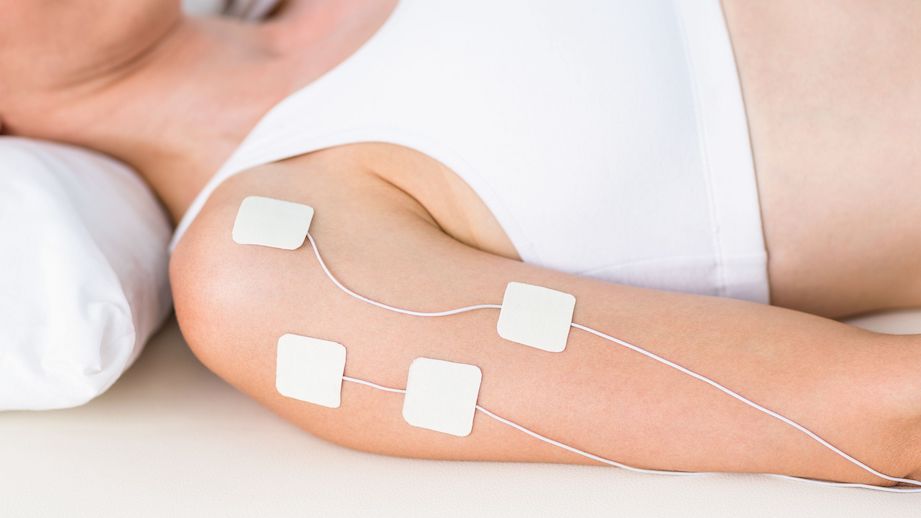
NOT ANOTHER TENDINOPATHY! LET’S PREVENT AND MANAGE SYMPTOMS.
Let's begin with the tendons: Our tendons are strong, fibrous structures that connect our muscles to the bones in our bodies which allow us to move and absorb external forces to limit muscle overloads [1]. Collagen contributes to between 65–80% dry weight of tendons [2]?
WHAT IS TENDINOPATHY?
Tendinopathy, also called Tendinosis, is a clinical condition characterized by swelling, pain, and functional limitation of the tendon, ultimately caused by a collagen breakdown in a tendon. Tendon disorders can affect any tendon; however, they are most common in the Achilles, hamstrings, rotator cuff, and patellar tendons. This musculoskeletal disorder is very common in athletes but is also quite prevalent among the less active people.
Did you know that over 30 million tendon-related procedures take place every year? Approximately 50% of sports-related injuries are caused by athletes exerting too much force and pressure onto their tendons [3]. Achilles’ tendinopathy typically affects people who run or jog regularly; the same goes for dancers. Those who engage in sports requiring frequent jumping are far more likely to suffer from patellar tendinopathy—a common soft tissue injury affecting the tendon below the knee cap (patella)[4].

So, what about those who don't engage in many sports or strenuous physical activities? Your age, job, and weight can also determine whether you are likely to develop tendinopathy. Young people are far less likely to develop tendinopathy compared to adults. The decline in collagen as we age could be one contributing factor.
Your day-to-day job can also have an influence, especially if your occupation fails to provide ergonomics within the workplace and involves repetitive movements such as bending and lifting. Excess adipose tissue may also increase your risk for tendon complications due to the increased weight and pressure on the tendons [5]. According to Tufts University, the chief of the division of arthroplasty Dr. Jeffrey Zarin M.D. states that 'every pound lost is 3 to 5 pounds of force off your knee or hip.'
Additionally, women are more likely to develop connective tissue injuries than men due to an attenuated tendon hypertrophy response, increased oestrogen levels, and lower tendon collagen rate [6].
NUTRACEUTICALS AND HOW YOU CAN BENEFIT FROM THEM
There is some good news, as there are some modifiable risk factors that you can control, such as making sure that you warm up before engaging in any physical activities, stretching, keeping active, and eating a healthy balanced diet to provide your tendons with the right amino acids to stay healthy.
The term Nutraceuticals was first introduced by Dr. Stephen DeFelice in 1989 from the words' nutrition' and 'pharmaceutical'. It has been defined as 'any substance that is a food or part of a food and provides medical or health benefits, including the prevention and treatment of disease' (DeFelice, 1994) [7].
At LEMAlab, we pride ourselves on providing high-quality ingredients and products for our customers. Our FLEXIBLE by LEMAlab Grass-Fed Collagen Peptides also contain Methylsulfonylmethane (MSM), Bromelain, and Glucosamine Sulphate. Let's find out more about each ingredient and its potential health benefits.

WHAT IS METHYSULFONYLMETHANE?
Methylsulfonylmethane (MSM) is a sulfur-containing compound found in humans, animals, and even plants. MSM has become an extremely popular dietary supplement mainly for its anti-inflammatory properties. Studies have shown that MSM may help reduce inflammation, help alleviate joint and muscle pain and improve range of motion [8], boost immunity [9,10], improve the appearance of your skin [11], and improve digestion.
WHAT IS BROMELAIN?
Bromelain is a protein-digesting enzyme combination found in the fruit as well as the stem of the pineapple plant. These enzymes are available as dietary supplements and have grown in popularity over the years due to their outstanding properties. Bromelain may help reduce pain and swelling, digestion, muscle soreness, and osteoarthritis. It is also widely used to help treat burns [12].
WHAT IS GLUCOSAMINE?
Glucosamine is a natural compound—chemically known as an amino sugar—that helps build and repair the cartilage in our bodies, which protects our bones in the joints [13]. Glucosamine is present not only in humans but also in some animal and non-human tissue, including animal bones, shellfish shells, and even fungi.
Some research has shown that Glucosamine may also help reduce inflammation [13], protect joint tissue and prevent the breakdown of cartilage [14].

THE BOTTOM LINE
Research is looking very promising on the health benefits of these nutraceuticals; however, further research must be carried out to understand their exact adaptive mechanisms, just like with many other nutraceuticals.
Although results will vary, you should start noticing significant improvements in your joint health within 4 to 12 weeks.
Have a FLEXIBLE day and a pain-free life!














Leave a comment
This site is protected by hCaptcha and the hCaptcha Privacy Policy and Terms of Service apply.